Last updated: February 18, 2024
Any links on this page that lead to products on Amazon are affiliate links and I earn a commission if you make a purchase. Thanks in advance – I really appreciate it!
Did you know that a horse’s ability to sweat is crucial for its survival? As someone who has owned many horses and was raised around them, I’ve seen how vital sweating is for regulating their body temperature, especially during intense activities or in hot climates.
This essential process is key to their health and well-being. Understanding the science behind horse sweating is crucial for anyone involved in their care. Join me as we explore this fascinating aspect of equine health, highlighting the importance of sweating in maintaining a horse’s overall health.
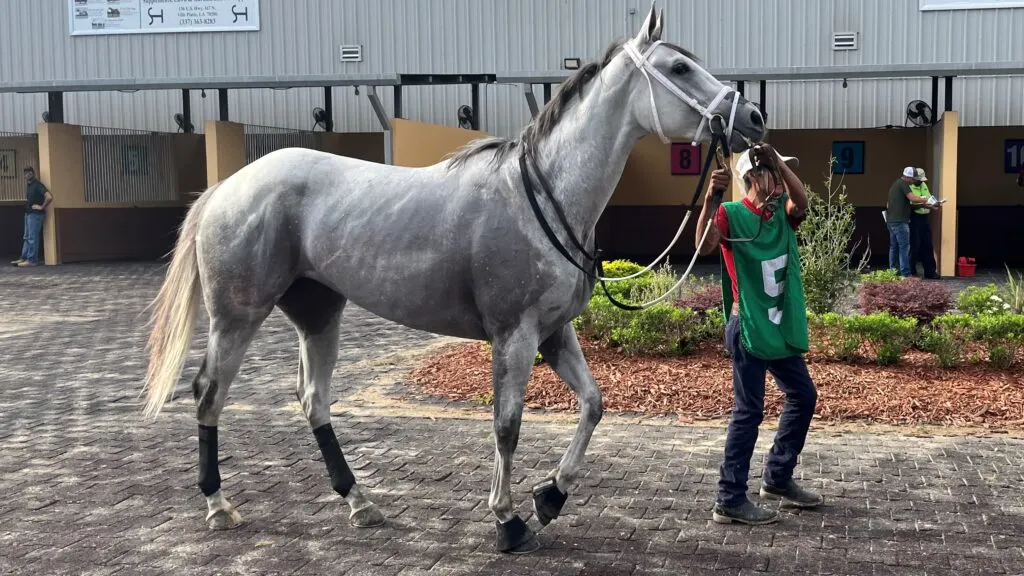
Do Horses Sweat?
Yes, horses do sweat! Sweating is a critical mechanism for horses to regulate their body temperature, especially during exercise or in hot climates.
- How It Works: Horses have sweat glands all over their bodies, similar to humans. When their body temperature rises, these glands release sweat onto the skin’s surface. As the sweat evaporates, it cools the horse down.
- Compared to Other Animals: Unlike dogs, who primarily pant to cool down, horses rely on sweating much like humans. However, horse sweat contains more electrolytes, making it more efficient at cooling but also requiring careful management to prevent electrolyte imbalance.
- Unique Aspects: Horse sweat can be foamy and lather, especially under saddles or harnesses. This is due to the proteins present, which aren’t a feature of human sweat.
Understanding this natural cooling process is essential for anyone caring for or working with horses, ensuring they stay healthy and comfortable.
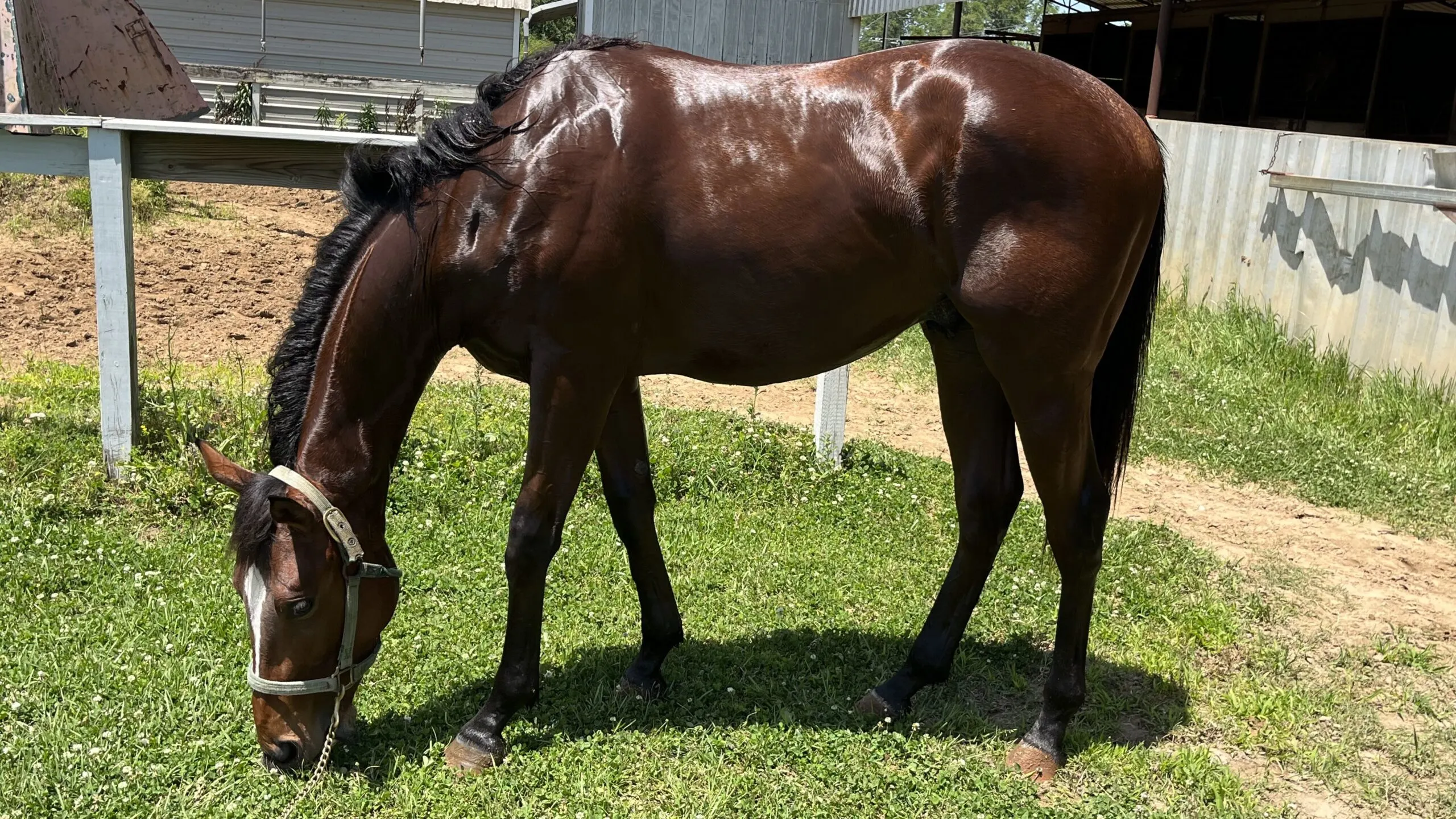
How Horses Sweat
- Sweat Glands Explained:
- Eccrine Glands: Directly cool the skin by secreting sweat onto the surface.
- Apocrine Glands: Release sweat into hair follicles, aiding in temperature regulation.
- Areas of Noticeable Sweating:
- Key Areas: Neck, chest, flanks, and under the saddle.
- Influencing Factors: Exercise intensity and environmental temperature affect sweating locations.
- Sweat Composition:
- Electrolyte-Rich: High in sodium, potassium, and chloride for efficient cooling.
- Management Needs: Requires monitoring to prevent electrolyte depletion.
Why Horses Sweat Foam
- Physiological Basis: Foam is created by a mix of proteins and electrolytes agitated by movement.
- Exertion Indicator: Foam signals physical exertion. Excessive foaming may indicate overexertion.
- Health Implications: Persistent foaming requires monitoring for potential health issues.
The Importance of Sweating for Horse Health
I once owned a horse that didn’t sweat, even after vigorous exercise. Recognizing the potential danger of this condition, I delved into understanding its implications. Here, I share insights on why sweating is vital for horse health.
- Cooling Mechanism: Sweating dissipates excess heat, preventing overheating.
- Health Risks: Inadequate sweating can lead to heat stress, heatstroke, and other illnesses.
- Risks of Inadequate Sweating:
- Overheating in warm climates or during intense exercise.
- Decline in performance due to ineffective temperature regulation.
- Long-term health problems from chronic overheating.
Sweating is the primary way horses regulate their body temperature. It’s essential for dissipating excess heat during exercise or in hot environments, preventing overheating and ensuring their internal systems remain stable.
Efficient sweating is key to avoiding heat stress, heatstroke, and other heat-related illnesses, which can severely impact a horse’s heart, lungs, and overall functionality.
Risks of Inadequate Sweating:
Anhidrosis, or the inability to sweat adequately, presents significant health risks, including:
- Overheating: Lack of sweat means horses can’t cool down, leading to overheating, particularly in warm climates or during strenuous exercise.
- Performance Decline: Affected horses may see a drop in performance due to ineffective body temperature regulation.
- Health Complications: Persistent overheating can cause long-term damage to vital organs and increase susceptibility to heat-related issues.
Monitoring and Management:
It’s crucial to recognize signs of inadequate sweating and implement strategies to mitigate risks:
- Veterinary Consultation: Seek early diagnosis and management options for anhidrosis to avoid severe health impacts.
- Environmental Management: Ensure access to shade, proper ventilation, and water to help horses cool down naturally.
- Exercise Adjustment: Adapt exercise schedules to cooler times, maintaining hydration and electrolyte levels to support horses with anhidrosis.
Below is a YouTube video that provides helpful information you can gather from horse’s sweat.
Expert Insights
A veterinarian explained to me, “In severe cases, moving the horse to a cooler environment might be necessary. While there’s no cure for anhidrosis, careful management can significantly improve the horse’s comfort and well-being.”
Understanding and addressing the nuances of equine sweating can significantly enhance the health and performance of horses, underscoring the need for vigilant care and management practices.
Recognizing Healthy vs. Unhealthy Sweating
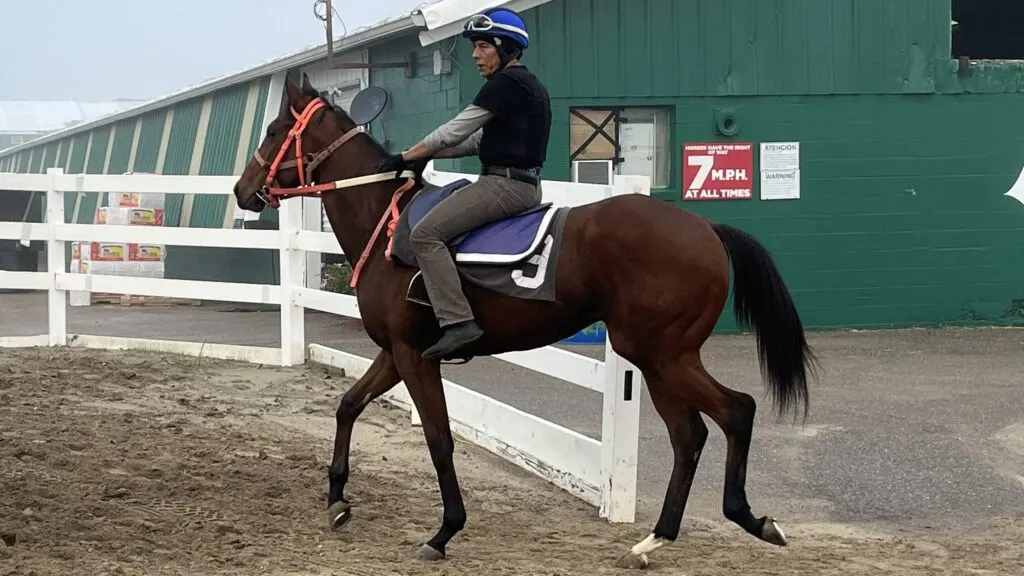
- Healthy Sweating:
- Appears as a light sheen, especially in areas with concentrated sweat glands.
- Unhealthy Sweating Signs:
- Excessive sweating without adequate exertion.
- Patchy or uneven sweating.
- No sweating in situations where it’s expected.
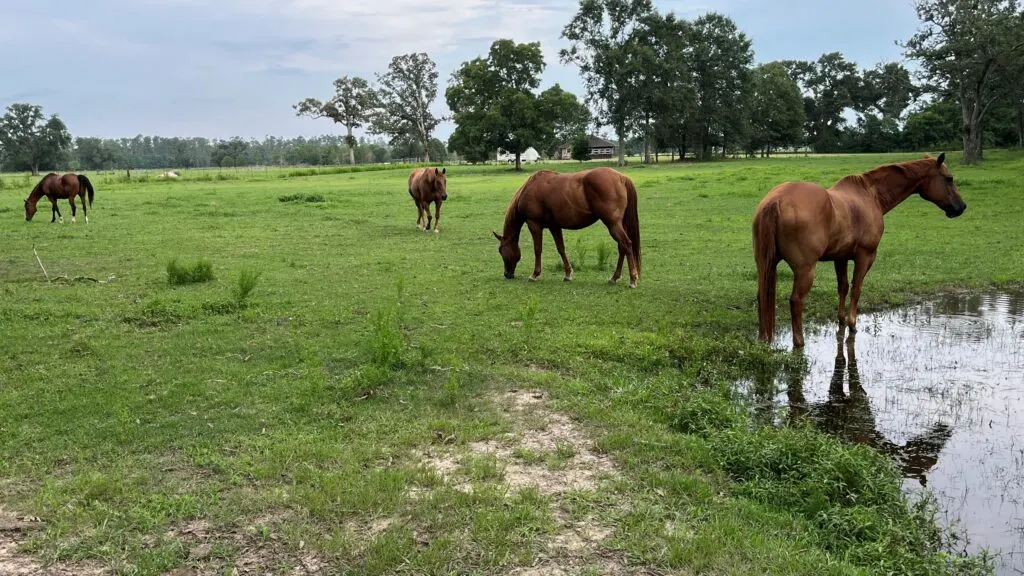
Practical Tips for Managing Sweating
- Cool Down Period: Gradually cool down after exercise with light walking.
- Proper Ventilation: Ensure stabled horses have adequate air flow.
- Shade and Shelter: Provide access to shaded or sheltered areas for temperature regulation.
- Hydration and Electrolyte Balance:
- Always provide access to clean, fresh water.
- Consider electrolyte supplements for horses that sweat heavily or after prolonged exercise.
Importance of Hydration and Electrolyte Balance
Hydration is key in managing horse sweating. Horses lose significant amounts of water and electrolytes through sweat, so replenishing these is essential.
- Access to Fresh Water: Ensure horses have constant access to clean, fresh water. Encourage drinking after exercise to replenish lost fluids.
- Electrolyte Supplements: Consider electrolyte supplements, especially for horses that sweat heavily or are engaged in prolonged exercise. These supplements help maintain the electrolyte balance, which is crucial for muscle function and overall health.
- Monitoring: Keep an eye on the horse’s hydration status. Signs of dehydration include dry mucous membranes, prolonged capillary refill time, and decreased skin elasticity.
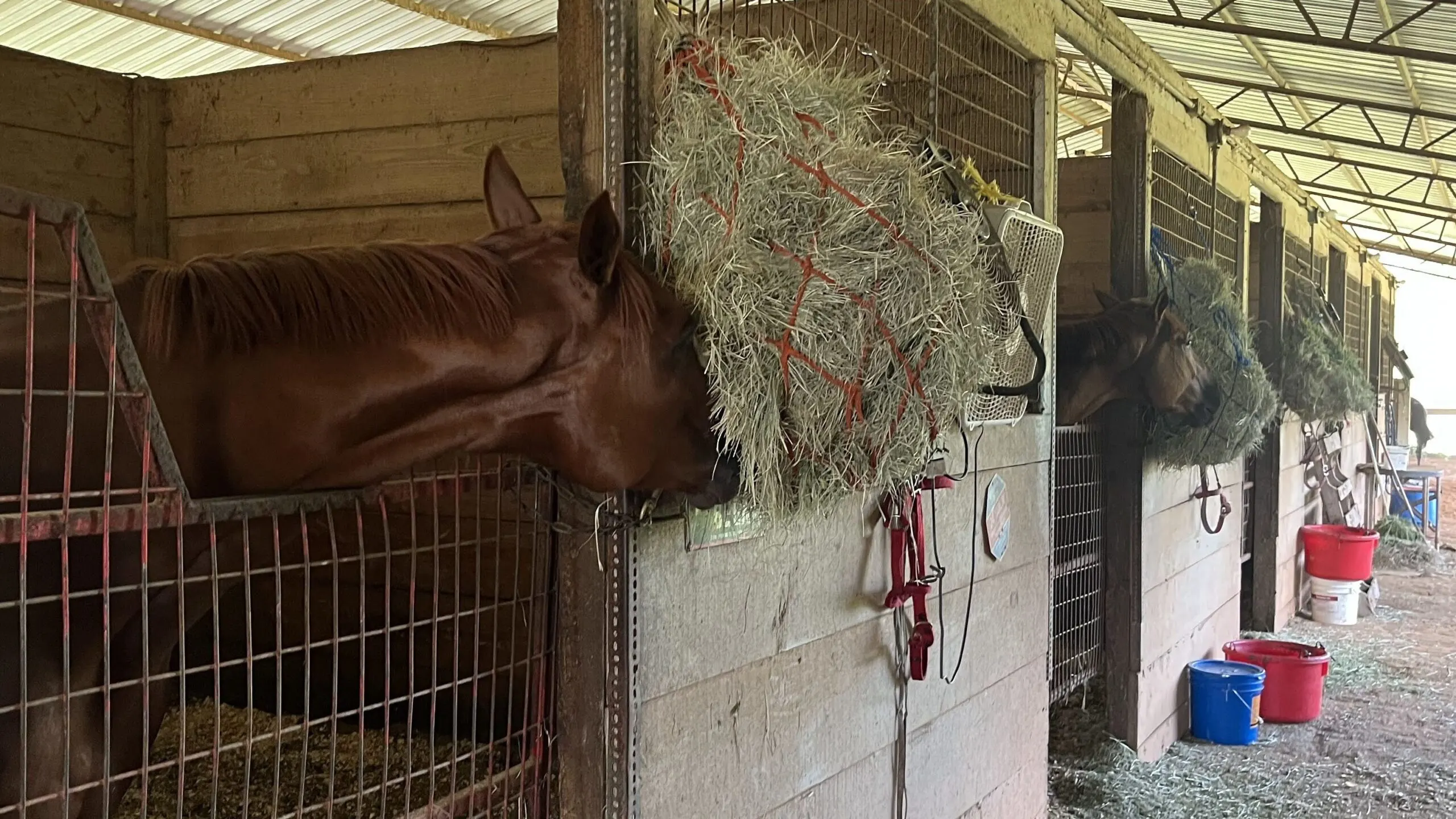
FAQs About Horse Sweating
Why do some horses have white lather on them?
The white lather you often see on horses, especially after exercise, is actually a result of their unique sweating process. This lather is primarily composed of sweat that contains a mixture of water, electrolytes, proteins, and a substance called latherin.
Can horses sweat in all weather conditions?
Yes, horses can sweat in various weather conditions, but they are more likely to sweat in warm or hot weather, especially during exercise. In cooler weather, sweating is less common and usually occurs only after intense physical activity.
Is it normal for a horse to sweat excessively?
While sweating is a normal response to exercise or heat, excessive sweating without a clear cause can be a sign of stress, illness, or a condition like anhidrosis. It’s important to monitor the horse’s sweating patterns and consult a veterinarian if there are concerns.
How can you tell if a horse is dehydrated?
Signs of dehydration in horses include dry mucous membranes, lethargy, and a decreased skin elasticity test (pinch test). If a horse is dehydrated, it may also sweat less or not at all.
Conclusion
Understanding and effectively managing sweating in horses is paramount for their health, performance, and well-being. As we’ve explored, sweating is not just a natural process but a critical one, enabling horses to regulate their body temperature, especially during exercise or in hot climates.
Recognizing the difference between normal and excessive sweating can provide insights into a horse’s health and the adequacy of their care. Hydration and electrolyte balance are key factors in managing a horse’s ability to sweat effectively.
Ensuring horses have access to clean water and appropriate electrolyte supplements, especially after intense activities or during warmer weather, is essential. Additionally, adapting exercise routines to accommodate environmental conditions and monitoring for signs of anhidrosis are crucial steps in preventative care.
Horse owners and caretakers are encouraged to observe their horses’ sweating patterns as part of a comprehensive care strategy. Noticing changes or abnormalities early can be vital in addressing potential health issues promptly.
Call to Action:
Take the time to observe and understand your horse’s sweating patterns. Consult with veterinarians for advice on hydration and electrolyte management, and seek out authoritative resources for the latest research and recommendations on equine care. Your proactive approach can make a significant difference in your horse’s life.
Reference of Authorities:
- American Veterinary Medical Association (AVMA)
- Equine Veterinary Journal
- Sweating rate and sweat composition during exercise and recovery in ambient heat and humidity
- Google Scholar for a wide range of academic literature

Commitment to Current Information:
We are dedicated to keeping this article updated with the latest research and expert opinions to ensure you have access to the most current and accurate information. Your trust and knowledge are paramount to us.
In summary, the world of horse sweating is a testament to the remarkable adaptations and needs of these animals. By understanding and respecting these aspects, we can better care for and appreciate the extraordinary nature of horses.
Additional Resources
For those interested in delving deeper into the world of equine care and health, the following resources offer valuable information and insights:
- American Association of Equine Practitioners (AAEP)
Visit AAEP
An authoritative source for the latest in equine health research, care tips, and veterinary advice. - The United States Equestrian Federation
Visit USEF
Offers resources and information on various equestrian disciplines, horse care, and management practices. - International Society for Equitation Science (ISES)
Visit ISES
Provides research and knowledge on equine welfare and behavior, promoting ethical equitation science. - The Merck Veterinary Manual – Horse Section
Explore Merck Manual
A valuable resource for detailed medical information on a variety of horse health issues.
These resources are excellent for expanding your knowledge and understanding of horse care, health, and management. Whether you’re a horse owner, rider, or simply an equine enthusiast, these links provide a wealth of information.
